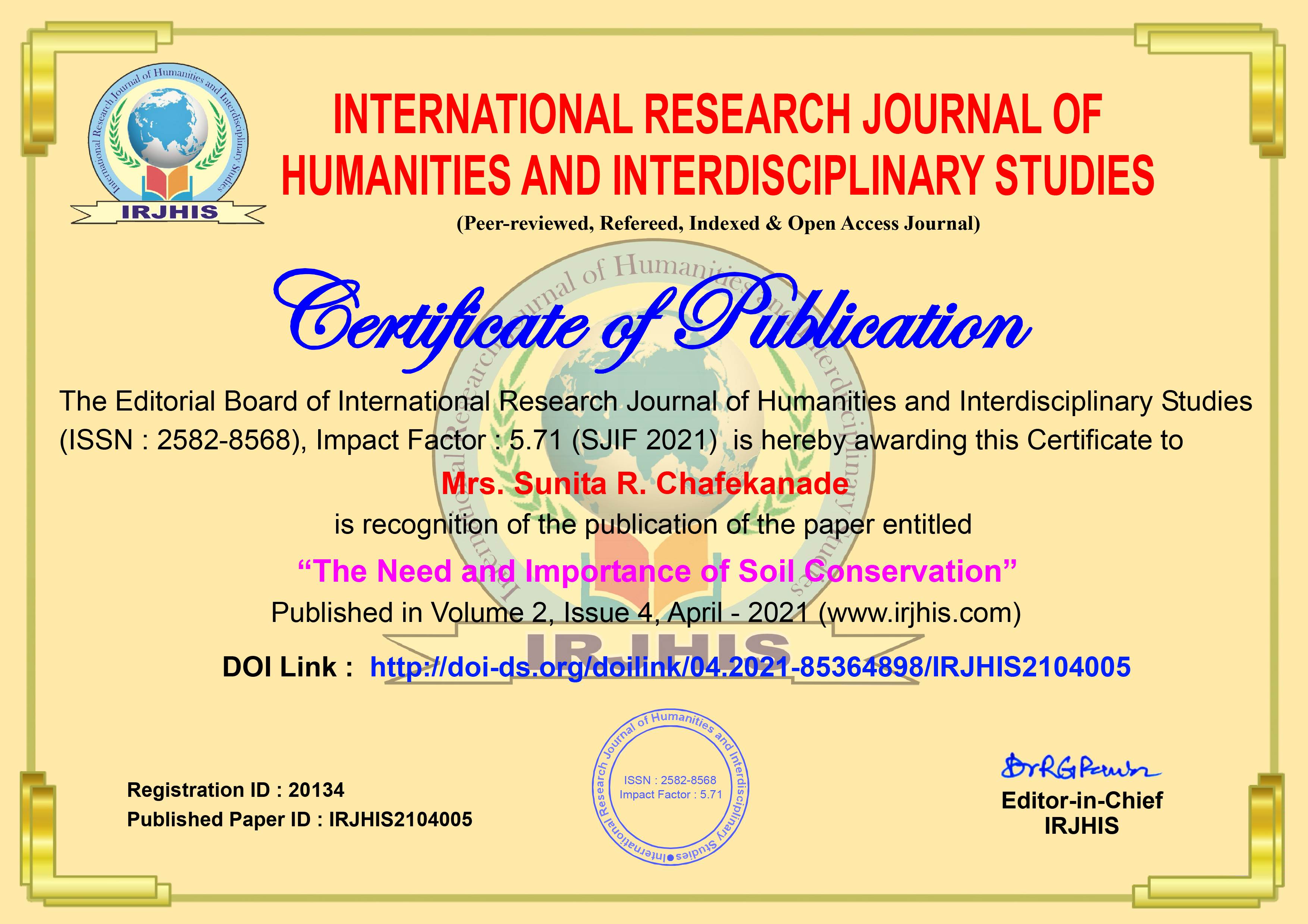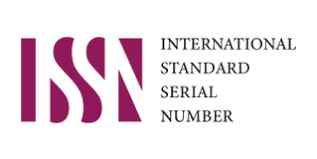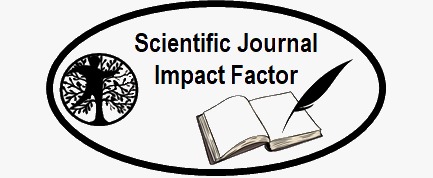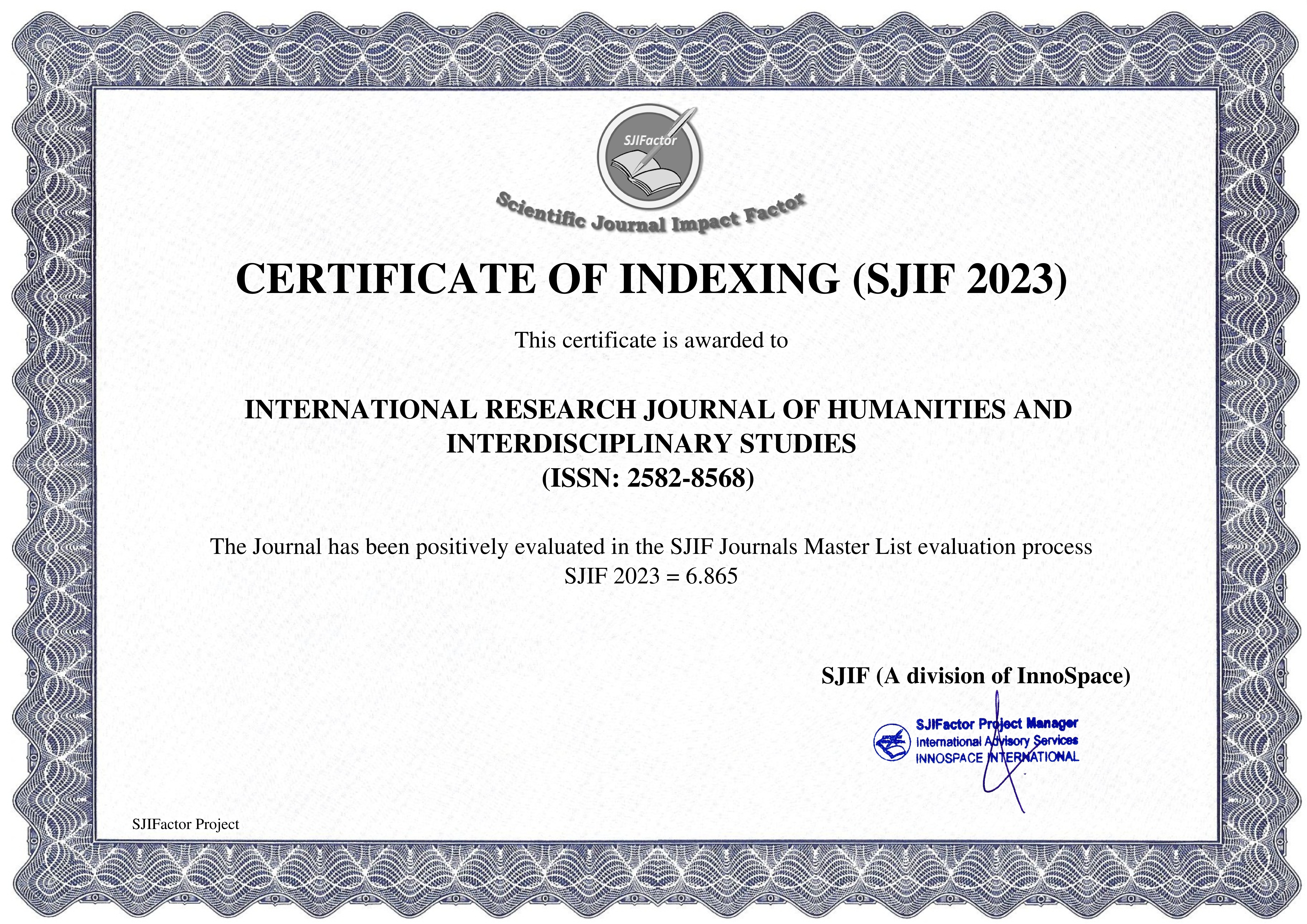Paper Details

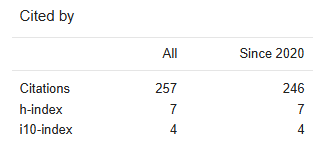
Call For Papers
Volume 06, Issue 11
Frequency: 12 Issue per year
Paper Submission: Throughout the Month
Acceptance Notification: Within 2 days
Areas Covered: Multidisciplinary
Accepted Language: Multiple Languages
Journal Type: Online (e-Journal)
Announcement
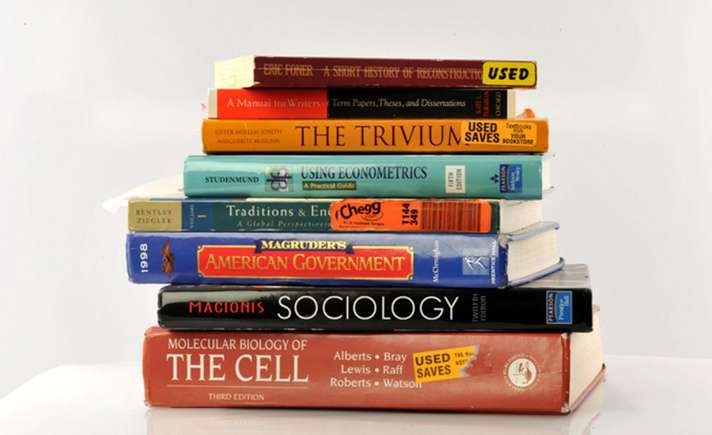
Publish books with ISBN Number
- Edited Book
- Text Book
- Ph.D Thesis
- Conference Proceedings
ISSN Number:
2582-8568
Journal DOI No:
03.2021-11278686
Title:
Re-reading of The Wasteland Through the Prism of Marxism
Authors:
Cite this Article:
,
Re-reading of The Wasteland Through the Prism of Marxism, International Research Journal of Humanities and Interdisciplinary Studies (www.irjhis.com), ISSN : 2582-8568, Volume: 4, Issue: 11, Year: November 2023, Page No : 15-21,
Available at : http://irjhis.com/paper/IRJHIS2311003.pdf
Abstract:
The Waste Land was published during Europe's post-World War I identity crisis. After mental damage, cynicism and anguished nihilism spread. Under such turmoil, Eliot sought to depict the dystopian world of cruelty and irrationality known as a Utopian world of knowledge and equality. Although Eliot has not written the poem from the perspective of Marxism, it could be possible to read it from the perspective of Marxism. The Marxist approach will help us to know that Conflicts between capitalism's expanding power and the purported inherent rule of socialism have been seen in this poem. This paper will discuss how Wasteland affects the lower class people. The disjointed storylines and conversations were appealing to the lower class. Words like "broken" and "shattered" were part of their everyday language. In their daily lives, they encountered resemblances to these phrases in the shape of damaged homes, dashed dreams, etc. The Marxist concept states that the aristocracy creates a private-secondary universe in which its members become self-kings and cut themselves from society. The narrative of Marie and the archduke, Marie's cousin, is related in the first portion, titled "The Burial of the Dead." Even a quick perusal of the text shows that Marie was a member of an aristocratic social group. When we first see that the archduke took just Marie on a sledge, we get a peek at the secret world that she inhabits and the world around her. This contributed to the formation of a private-secondary world around them.
Keywords:
Marxism, Hegemony, Capitalism, Power,
Publication Details:
Published Paper ID: IRJHIS2311003
Registration ID: 21196
Published In: Volume: 4, Issue: 11, Year: November 2023
Page No: 15-21
ISSN Number: 2582-8568
Download Full Paper: Click Here
Article Preview:
